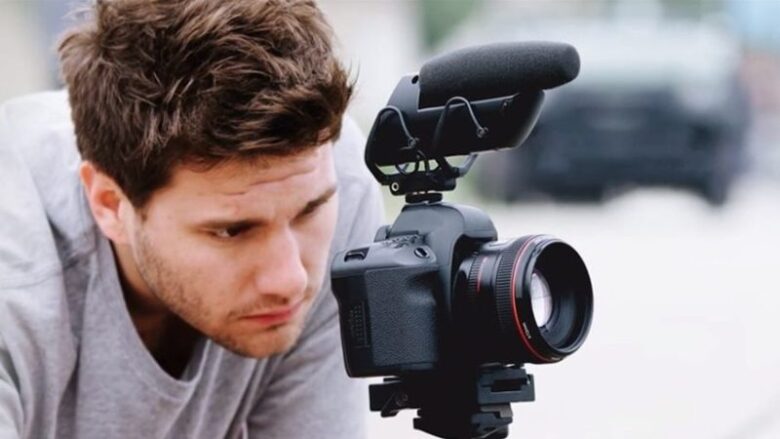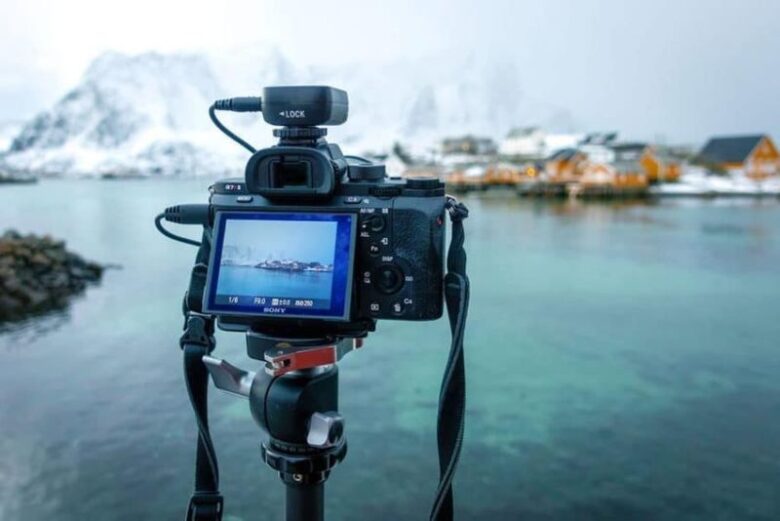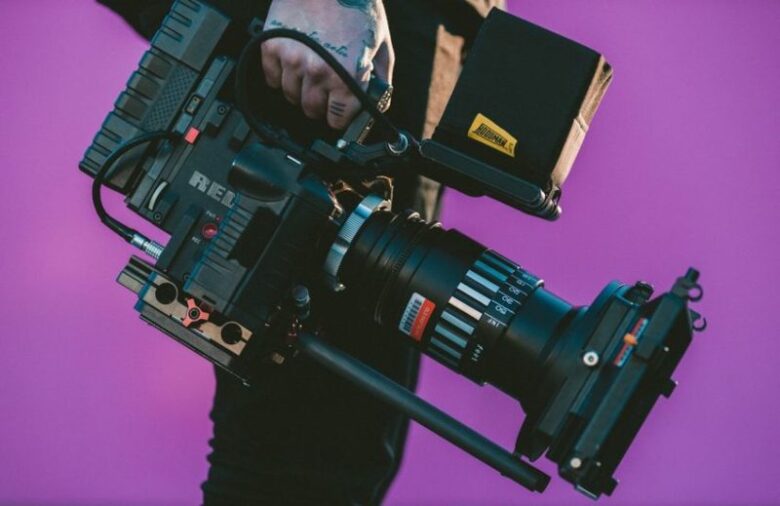Photography and Videography might be two different things, but there are more similarities then you might think. In both respective fields, there are basic things that everyone who strived to succeed in must know. This article will be composed of the basic things that can be applied to both photography and videography. Stick around as we are going to cover some very interesting things that you might even use for your next selfie.

The Exposure
Capturing the light is the main thing about photography, while videography focuses on movements. But the light is very important in videography as well. Whenever you have your camera in the frame, make sure that the lighting is good. Poorly-lit subjects and objects never look good, so exposure is one element that you must master in order to be good in both fields. Photography and videography classes spent much time focusing on the exposure triangle, so mastering all three aspects (aperture, shutter speed, and ISO) should be your first priority.
Holding the Camera
A lot of people have a problem with holding the camera properly. Holding the camera properly means minimizing the shaking as much as possible whenever we hold our camera. Whenever we’re taking a photo, or shooting a video, the shutter goes up and sensor fills with light. If you shake while the shutter is open, then the light will smear across the sensor, resulting in a smudged or blurry photo.
It is crucial for up and coming photographers and videographers to minimize the shaking while taking photos or shooting videos. But how do you minimize the shaking? Obviously, the key is to practice, however, there is a technique that all photography courses teach that can greatly aid you. The technique is to bring your arms close to your body, ensuring stability against your core. This will result in minimal movement and minimizing the camera shaking.

The Rule of Third
According to The Photography Co, the composition is the placement of every element inside your photograph. If the composition of a photograph is poor, you can say that the picture was taken by someone with less experience. Whenever you master composition, you can truly take great photographs of any location, subject, or object.
But how do you master composition? The key is to understand the rule of thirds. The rule of thirds is a technique where you mentally divide your shot into thirds using two vertical lines and two horizontal lines. In between any of the four intersections you will place your high visual interest (object, subject, location).

Perspective
There are three main aspects of perspective in videography and photography. Those are elevation, angle, and distance. Everyone sees the world from eye level perspective. It is rather boring but it’s our viewpoint of every single object, subject, or location. One way to mingle with perspective is to use those three aspects while taking a picture or shooting a video. Namely, you can change your perspective by getting closer to the ground (changing your elevation), take a skew shot from the side (changing your angle), and to get closer or go away further (change the distance).
If you learn how to combine these three aspects, you can add real quality to your pictures and videos. You can try and experiment using a combination of eighter two to three of the aspects we’ve talked about.


